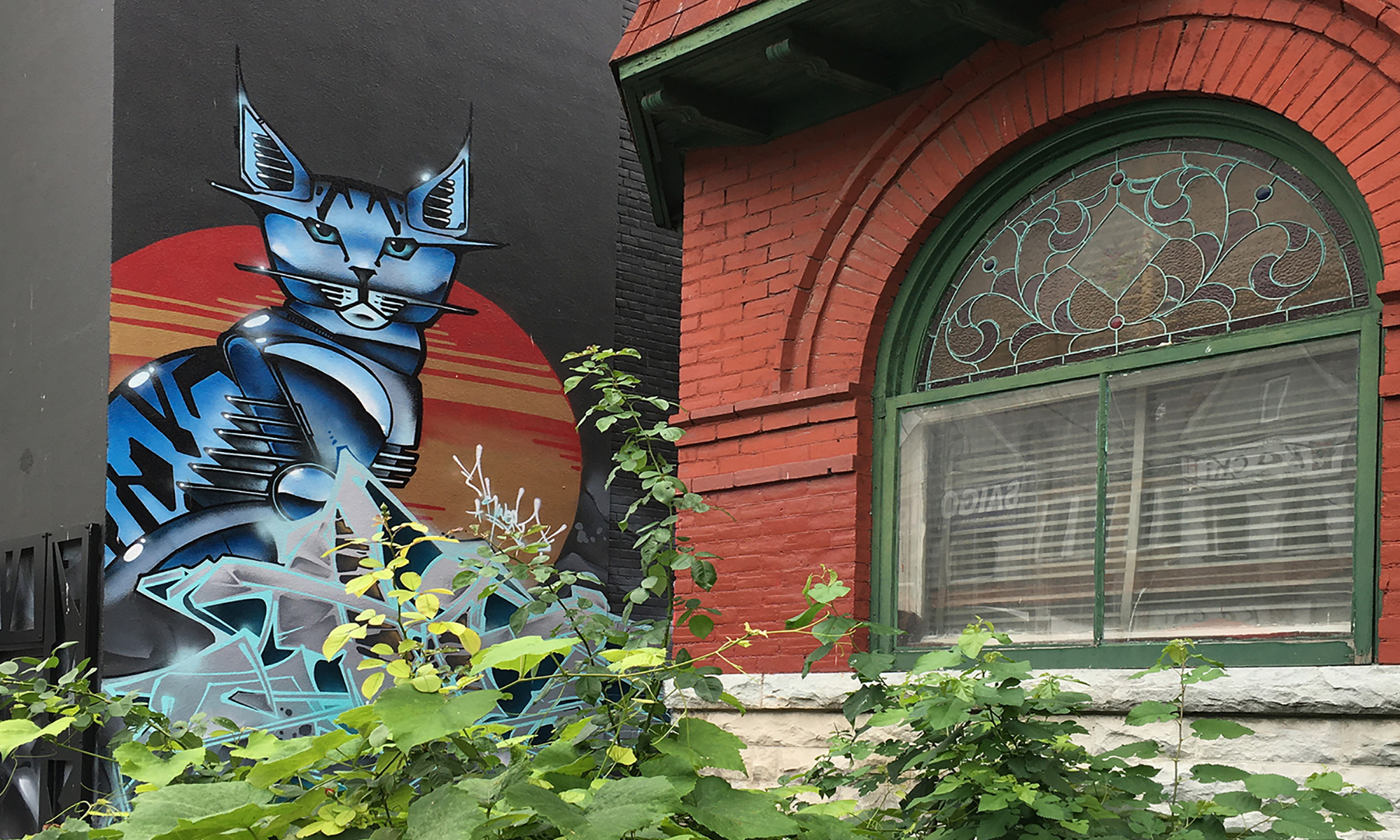There were several major factors which initiated this transformation, the first of which was the resettlement of Kensington Market by Eastern European Jewish immigrants.
As the city of Toronto grew and expanded in the late nineteenth century, the Denison family sought to divvy up their land and sell plots to prospective buyers. When sales slowed in the 1870s, the plots were divided into three, making them more affordable to middle class peoples.[1] This drastically improved the appeal of the neighborhood and was quickly inhabited and developed into a dense residential space by mostly Anglo-Saxons. By the turn of the century, many of the residents began to look westward across Bathurst street for bigger plots and homes on Palmerston and Euclid, vacating the smaller Victorian homes of Kensington Market. But for the immigrant Jewish population of Toronto, these homes were ideal because they could be purchased relatively cheaply, subdivided, and added on to.[2] The influx of Jews in the 1910s and 1920s relied heavily upon the emigration of their Anglo-Saxon predecessors, a pattern essential that continues to define the identity of Kensington today.
Prior to 1910, the centre of Jewish life in Toronto was The Ward. The Ward was a haven for Jews fleeing poverty or worse, pogroms, in Eastern Europe. The newcomers to Toronto found work in the garment industry and began to remake The Ward in the image of a European shtetl, kosher butchers, merchants, and institutions took root in the heart of downtown Toronto.[3] By 1910s and 1920s, the Jews began to move out of The Ward, because of poor living conditions and pressure from municipal government development.[4] Jews began to re-establish themselves in the Kensington neighborhood, bringing with them their entrepreneurial spirit and Jewish institutions. By the end of the 1920s, Kensington Market would have the largest concentration of Jews in Toronto,[5] who transformed this residential area into a bustling mixed use residential/commercial hub in the 1910s and 1920s.
[1] Jean. Cochrane, Kensington (Erin, Ont.: Boston Mills Press, 2000), 23-26.
[2] Doug. Taylor, Villages Within : an Irreverent History of Toronto and a Respectful Guide to the St. Andrew’s Market, the Kings West District, the Kensington Market, and Queen Street West (New York: iUniverse, 2010), 122.
[3] Daniel Hiebert, “Jewish Immigrants and the Garment Industry of Toronto, 1901-1931: A Study of Ethnic and Class Relations,” Annals of the Association of American Geographers 83, no. 2 (June 1, 1993), 249-250.
[4] Jean. Cochrane, Kensington (Erin, Ont.: Boston Mills Press, 2000), 31.
[5] Daniel Hiebert, “Jewish Immigrants and the Garment Industry of Toronto, 1901-1931: A Study of Ethnic and Class Relations,” Annals of the Association of American Geographers 83, no. 2 (June 1, 1993), 253.

One Reply to “Emigration and Immigration”
Comments are closed.